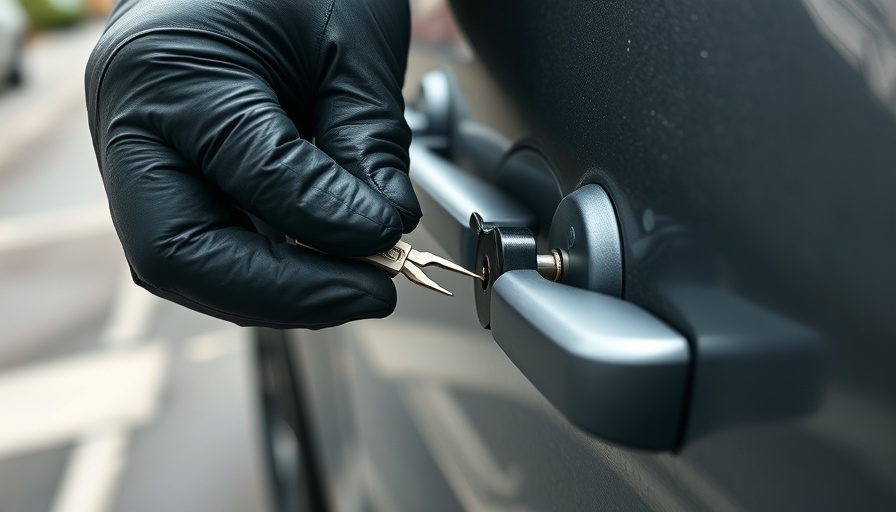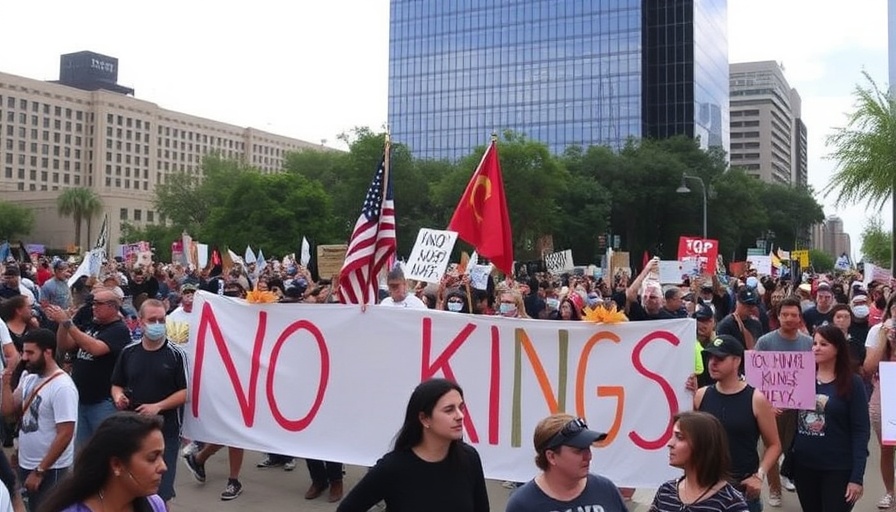
Understanding the Organized Threat: Vehicle Theft in DFW
In recent years, residents of the Dallas-Fort Worth (DFW) area have seen a remarkable uptick in organized vehicle thefts. Unlike traditional car theft, which often involved opportunistic criminals, today's vehicle thieves are part of sophisticated rings employing technology and strategy to steal valuable cars. This change has not only heightened the financial burden on victims but has also introduced substantial public safety concerns across neighborhoods.
How Organized Vehicle Theft Rings Operate
These organized theft rings utilize advanced tactics to carry out their operations, making them particularly challenging to catch. One prevalent method is hacking keyless entry systems, which allows thieves to unlock and start vehicles without the key. Additionally, thieves often set up fake buyer scenarios during private sales—the vehicle is taken under the guise of a test drive and the funds promised do not exist. Dealerships are not immune either, as these thieves can strike hard by stealing several vehicles at once during a single, coordinated operation. The culprits then dismantle these cars in chop shops, selling parts to continue their illicit enterprises.
The Financial and Legal Fallout of Vehicle Theft
The repercussions of these crimes are vast and often overwhelming for victims. The financial impact does not stop at the immediate loss of the vehicle; owners may also contend with repair costs and increased insurance premiums. Moreover, uninsured victims face a tremendous burden, financially and emotionally, as the aftermath can lead to lost wages if their vehicle is essential for commuting. According to local crime statistics, Texas suffers millions in losses due to vehicle theft, impacting not only individuals but also local insurance systems.
Public Safety Implications
Beyond financial loss, the existence of organized vehicle theft rings raises broader societal concerns. Stolen vehicles frequently get used in other criminal activities, ranging from robberies to drug trafficking. This interconnectedness creates an environment where crime begets crime, ultimately threatening neighborhood safety and community trust. High-speed chases, often initiated by stolen vehicles, further threaten public safety, putting innocent lives at risk.
Conclusion and Future Considerations
As residents of DFW navigate the challenges posed by these organized crime networks, understanding their operation and legal ramifications becomes essential. This knowledge not only empowers victims but also helps community members support each other in creating a safer environment. Authorities and residents alike must remain vigilant and proactive in addressing these evolving threats.
 Add Row
Add Row  Add
Add 




 Add Row
Add Row  Add
Add 

Write A Comment